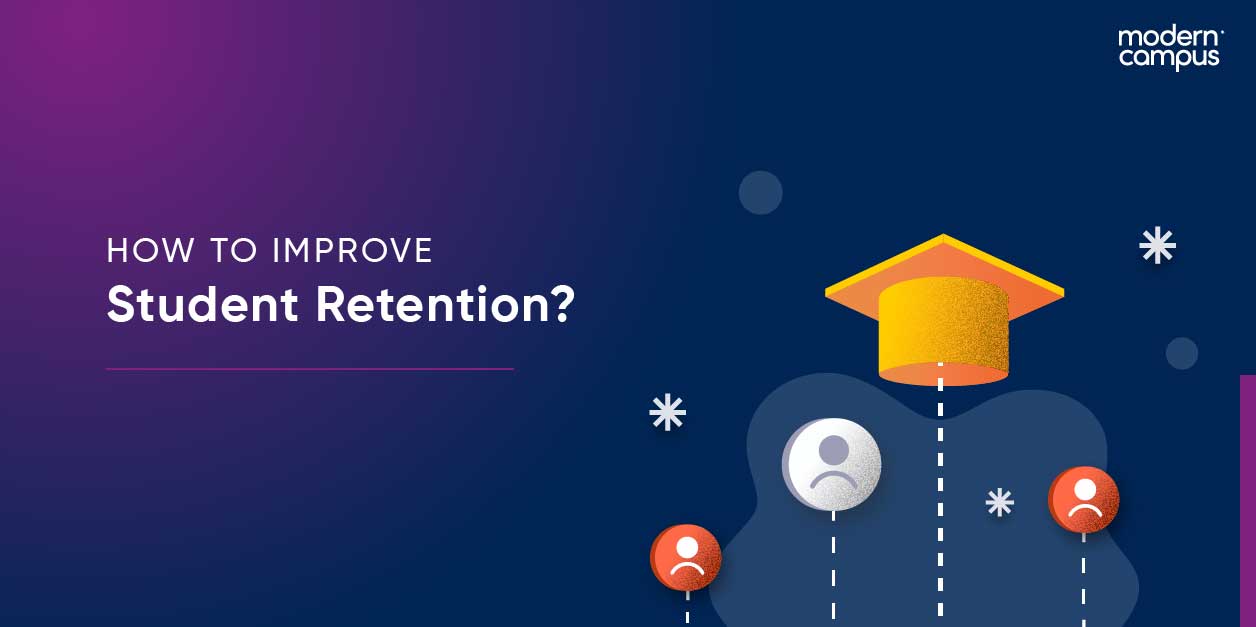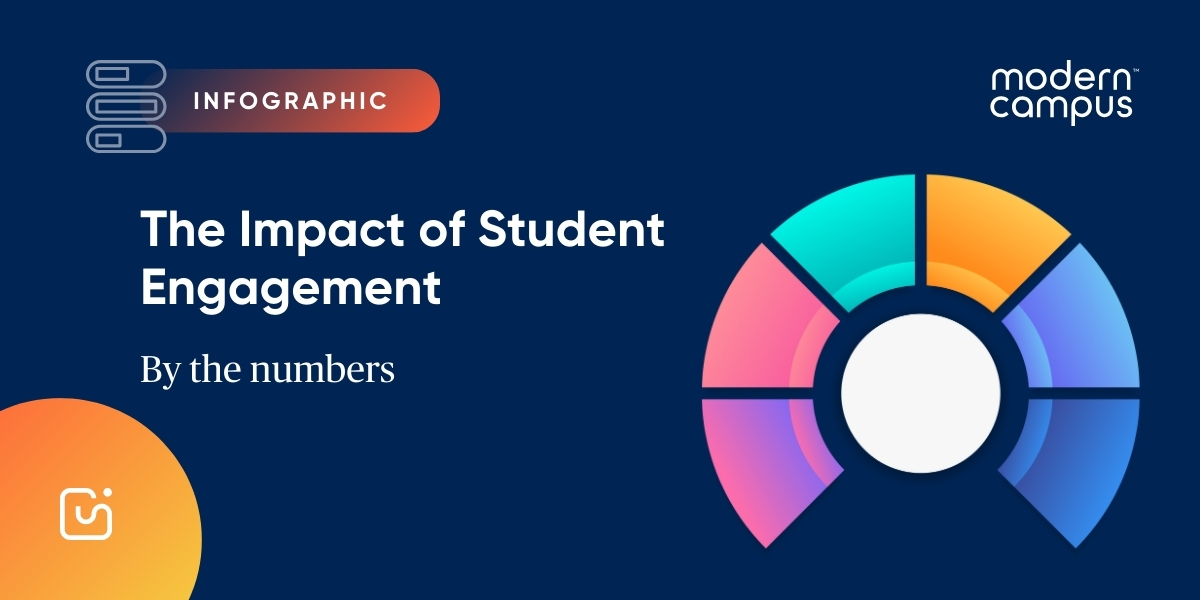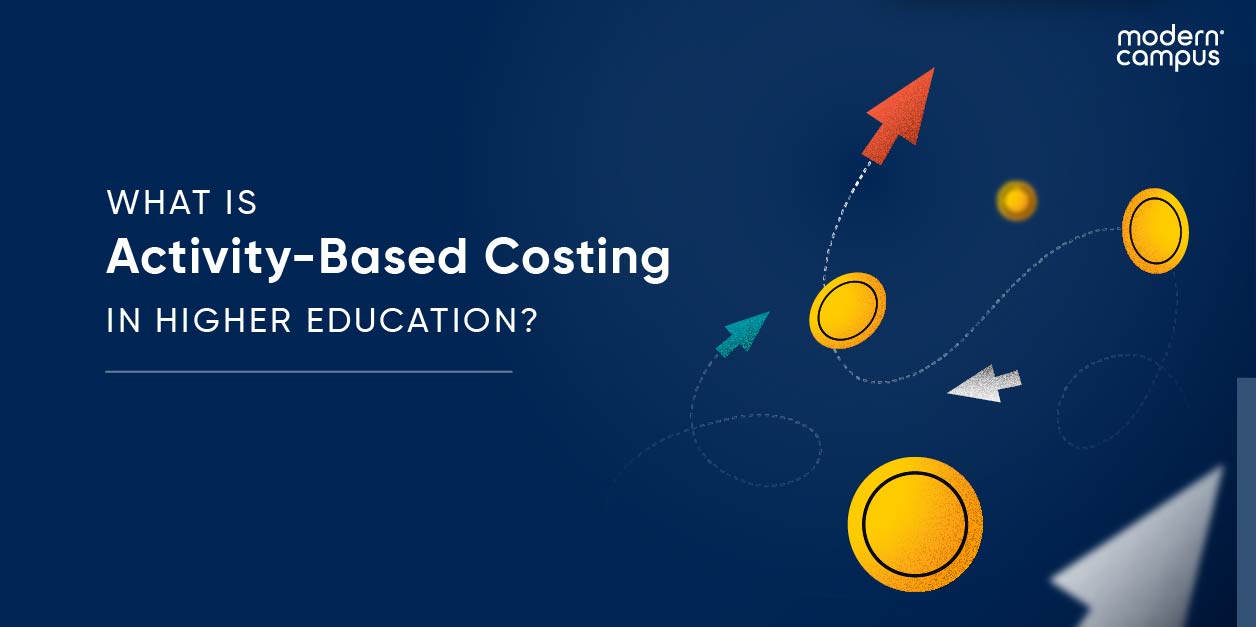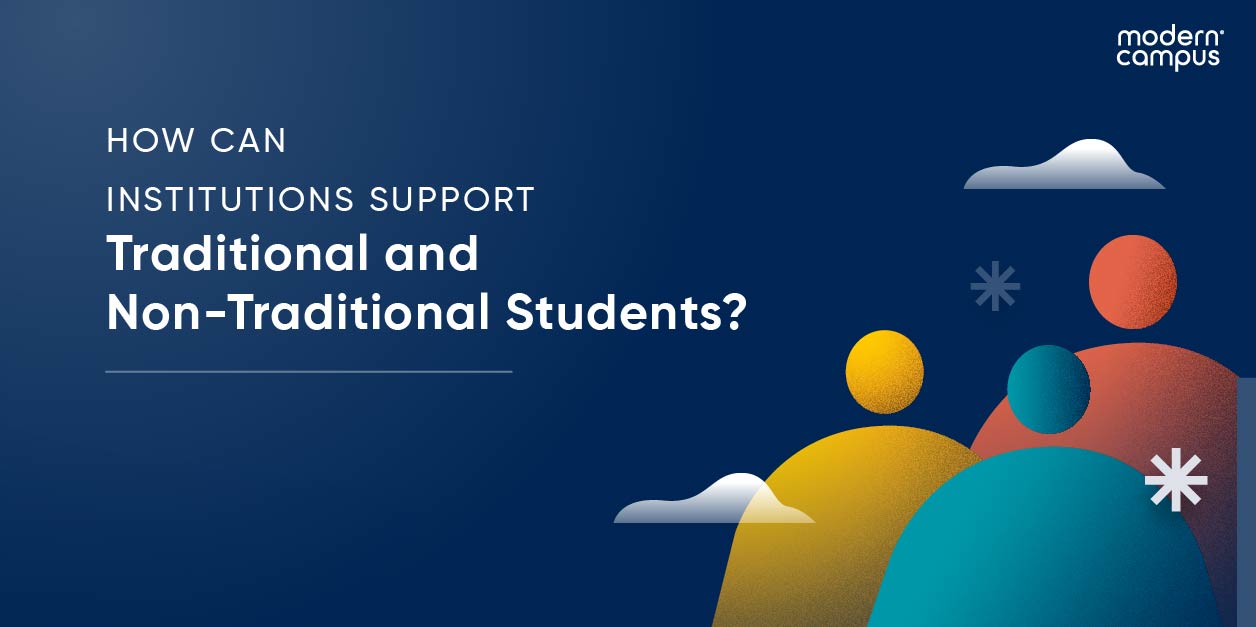Strategies for Improving Retention in Higher Education
Increasing retention and lowering dropout/attrition rates is in the best interest of every student, employee and department at your institution. Higher retention rates are explicitly linked to:
- Financial stability: Being able to rely on tuition and other fees from retained students reduces the reliance on costly recruitment efforts.
- Improved reputation: A strong track record of retaining students can attract more applicants, improve the institution's standing within national and international rankings, and help recruit top talent into faculty and staff positions.
- Higher graduation rates: Keeping students enrolled also means conferring more degrees, thereby giving your institution’s reputation another boost and supporting its mission, vision and goals.
- Long-term sustainability: High student retention rates contribute to the institution’s long-term sustainability. By retaining students and producing successful graduates, the institution can continue to fulfill its educational mission for years to come.
Fortunately, by implementing certain strategic initiatives, you can grow and sustain a high retention rate for your institution and improve the student experience. Here are three top proven higher education retention strategies.
1. Identify at-risk students
The students who are at the highest risk of stopping out from your institution often don’t make themselves well known. They frequently don't have the time, means, or motivation to reach the right offices and seek help. Many struggling students, especially those who are first-generation, also lack social capital; they don’t know that student resources are even available in the first place—nor who to ask to access them.
That’s why it’s so crucial to be proactive in identifying and connecting with students at risk of attrition. It’s akin to medical triage; by prioritizing students who are in most need of care, an institution can alleviate the toughest higher education challenges.
Institutions can identify at-risk students efficiently and accurately in the following
ways:
- Academic performance metrics: Monitor students' academic performance through assessments, GPA and attendance records. Consistent poor performance or signs of disengagement can be indicative of students who will not enroll the following semester.
- Early alerts: Implement early warning systems that allow faculty and instructors to flag students who exhibit signs of struggling academically, mentally or emotionally. These alerts can trigger immediate outreach and support students.
- Data analytics: Use data analytics to identify patterns and trends associated with students who have recently stopped out. Factors such as low GPA, course withdrawal rates and non-engagement with campus resources can be used to identify current students who may be at risk.
- Demographic data: Consider demographic and socioeconomic factors that may increase a student’s likelihood of stopping out. Many institutions have increased retention by designing services—such as mentorship programs, supply pantries or orientation cohorts—to meet the needs of students who are first-gen or low-income, have disabilities or are non-native English speakers.
2. Increase student engagement within campus life
Having fun isn’t the only benefit of getting involved with student activities; co-curricular engagement helps students develop essential skills, build relationships with peers and staff, and feel more deeply connected with the campus community—all of which encourages students to stay enrolled term after term.
Here are a few statistics showcasing the connection between engagement, satisfaction and retention.
- Harford Community College students who attend campus co-curricular events are 53.7% more likely to persist to the next academic year than their non-engaged peers.
- First-year Arkansas Tech University students who record at least one hour of community or volunteer service have a 94% retention rate — 22% percentage points more than their peers who didn’t record any community or volunteer service hours.
- Valdosta State University students who attend at least 10 events per semester are 13 percentage points more likely to persist to the next semester.
Institutions can improve engagement by allocating more resources toward Student Affairs, incentivizing engagement through gamification, implementing co-curricular pathways and streamlining engagement processes—all of which is made easy by adopting a co-curricular engagement platform,
For additional evidence, download our free, printable infographic.
3. Expand or improve academic support services
Academic support services—including peer mentors and tutors, academic advisors, career services and writing centers—play a pivotal role in supporting and enhancing persistence. These services help students feel confident in the classroom, absorb lessons more deeply, build strong relationships with faculty and perform well on assignments, all of which compel learners to stay enrolled.
Let’s explore the benefits of each service:
- Tutoring: The University of North Carolina at Greensboro found that students who received tutoring earned higher GPAs than their peers. What’s more, the quantity of sessions matter, as more tutoring sessions correlated with higher GPAs. Non-tutored first-year students earned an average GPA of 2.74, while students who were tutored at least 15 times saw GPAs averaging 3.09. Additionally, 77% of non-tutored students stayed enrolled one year later, and 88% of highly tutored students were retained.
- Mentorship: In this first year of its Mentorship program, Florida Atlantic University found that, across all demographics, students who connected with peer mentors persisted from fall to spring at a higher rate than their non-mentored peers. Better yet, The University of West Florida found that combining peer mentorship with academic advising and faculty mentorship increased persistence more than 14 percentage points among participating students.
- Academic advising: In a 2017 survey of four-year private institutions, 92% of respondents who made academic advising mandatory for online learners said that doing so was “somewhat effective” or “very effective” in increasing student success, retention and completion. Also in 2017, that some percentage was echoed in a survey of returning community college students, with 92% of respondents agreeing that academic advising was “somewhat important” or “very important” to their academic success.
- Writing centers: The Utah State University found that, between fall 2014 and fall 2018, students who used writing center services were retained at a rate of 90.6%, compared with a retention rate of 87.6% among students who did not use the writing center. The university estimates that writing center services resulted in the retention of 17 students per year who would have otherwise stopped out.
Every department, office and professional within an institutional can contribute to improved retention and attrition rates. By identifying at-risk students, engaging learners in co-curricular opportunities and other campus activities, and expanding academic services, the institution can ensure a coordinate strategy that provides students witht the resources they need to stay enrolled and graduate.
Be sure to also read our blog post about persistence vs. retention!
Last updated: October 30, 2023





